In our Field Guide series, we’re offering quick tips you can use on the water to catch more fish on the fly, species-by-species. In this edition: The cure for cold-weather blues.
Around late winter and early spring, all of us tend to get the itch. We’ve been cramped inside for far too long, you can only tie so many flies, and it’s time to hit the water whether the fish are ready or not. But, there is a bit of hope and it comes in the form of spring smallmouth season.

These green torpedoes are legendary targets with a fly rod and anglers chase these early-season smallies as an exciting way to knock the dust off their rods and kick the fishing season off right. So, in this edition of our Field Guide series, we’re going to focus specifically on targeting early-season fish.
What is a Smallmouth?
A member of the black bass family, the smallmouth is renowned across the U.S. as an accessible and hearty fighter. While they may be significantly smaller than the largemouth bass, and even many trout, the smallmouth bass is, pound for pound, one of the hardest fighting fish anglers can hook. You can identify a smallie by its slight size, bronze to brownish-green coloration, vertical stripes, and lower jaw that extends only to its eye, hence the name. They also have red eyes, but that’s a characteristic shared by some other bass species as well, like the spotted bass.
Where to Find Them:
Perhaps the easiest way to identify a smallmouth from many other species is by its habitat. Its range is across the United States, making it one of the most widely targeted species on a fly rod, but its habitat is different from that of largemouth bass. Smallies tend to like clear, shallow, rocky water, while largemouth bass prefer stained water with timber, reeds, and a wide variety of cover. Also, smallmouth, particularly in the spring season, can behave similarly to trout, moving into the faster river currents to spawn.
Ultimately, smallmouth bass tend to be more prolific in Midwest and Northern states because they thrive in cooler, clearer, and shallower waters. While they are prolific in Southern states as well, reservoirs like those found in Texas, Oklahoma, Louisiana, and others are generally too deep, warm, and murky to support substantial populations. If you’re looking for an area to target smallmouth, look for lakes with a gradual, rocky shoreline, and healthy river systems that have a moderate temperature range—not too hot, not too cold.
When to Target Them:
Just like any other bass species, you can technically target smallmouth bass any time of the year, depending on your area. But, in this Field Guide, we’re focusing solely on the early spring season. As temperatures began to warm slightly, smallmouth bass will begin to move from large, deep bodies of water to spawn in creeks and river systems. This concentrates the fish in shallower water, making them a prime target for fly anglers. Plus, they’re feeding voraciously during this time, so they’ll be much more likely to take a fly or lure that’s presented to them.
As for when this actually happens, that can be a little bit more difficult to pin down. There’s no set date or temperature that will trigger the smallmouth run—it depends on many known and unknown factors including weather patterns, the amount of water, and who won the Super Bowl that year. In other words, it’s a guessing game. So, it’s important to track forums and keep an eye on what other anglers are saying. Or, better yet, just take quick trips to your local river or creek to see what the fishing is like. As a rule of thumb, when water temperatures begin to rise above 55 degrees in March or April, it’s probably a good idea to hit the river.
How to Fish For Them:
Targeting smallmouth bass during the spring run is incredibly exciting. First, during the coolest temperatures, you’ll need to fish with a bit more intention and more slowly, but you’ll also have a shot at the biggest fish of the year. Large females generally move up the creeks and rivers first, sticking more closely to the bottom. Slowly twitching large streamers—strip, strip, pause, repeat—is a great bet. Like many other bass, expect a hit as the streamer is dropping. During this time, you’ll want to target large, deep pools, particularly those with any sort of cover like large boulders, timber, or overhangs.

As the water temperatures begin to warm into the 60s and 70s, fish will begin to move more heavily upstream and you’ll be able to find fish in almost every part of the river. Drift poppers across pools, giving it the occasional twitch, or strip streamers across shallow runs to trigger a bite from an active fish. Just remember, the clearer and shallower the water, the more spooky the fish will be. So, decrease your tippet size and make longer casts if this situation comes up.
Once you get a strike, use a strong strip-set if you’re using a streamer or a normal high-set if you’re using a popper or topwater fly. Then, prepare for a battle. Between a smallie’s strength and the current of the river, it’s going to feel like you’re hauling in a giant, regardless of the fish’s size.
After netting the fish, be sure to handle it carefully and return it to the water quickly—many of these fish will be egg-carrying females, and we want to be sure they’re successful in their spawning mission. And one more note on fish care. There’s a chance you may come in contact with a lot of fish during a spring run, so we recommend exhibiting some restraint—have some fun, catch a bunch of fish, but leave some action for others and give the fish a rest after heavy pressure.
Gear to Use:
Another beautiful thing about smallmouth is you can get away with using your trout gear or bass gear because the flies tend to be a more moderate size than largemouth gear. We highly recommend a five- to seven-weight rod for smallies, with our personal favorite being a six-weight. Check out our nine-foot, six-weight Vesper and Drifter rods or a Revival in a five-weight if you’re looking for a blast on smaller waters. Also, if you’re fishing swift currents and deep water, our medium-light Rambler is a perfect spinning setup.
As for tippet and leaders, we highly recommend fluorocarbon. Smallmouth bass have very small, coarse teeth that will tear up any leader after a tough fight, and the added strength will help you net even more fish. Be sure to check your tippet regularly for abrasion. Depending on the circumstances you can go larger than trout sizes, from 2x to 4x, but may need to go as small as 5x for very delicate, spooky fish.
Our Top 5 Flies for Smallmouth:
- Clouser Deep Minnow, Size 4, in various colors.
- Woolly Bugger, Size 4-8, in black.
- Zonker, Size 4-6, in panfish colors (for shallower water).
- Bass Popper, Size 6, in various colors with rubber legs.
- Keller’s Montana Mouthwash, Size 6, in crawfish colors.


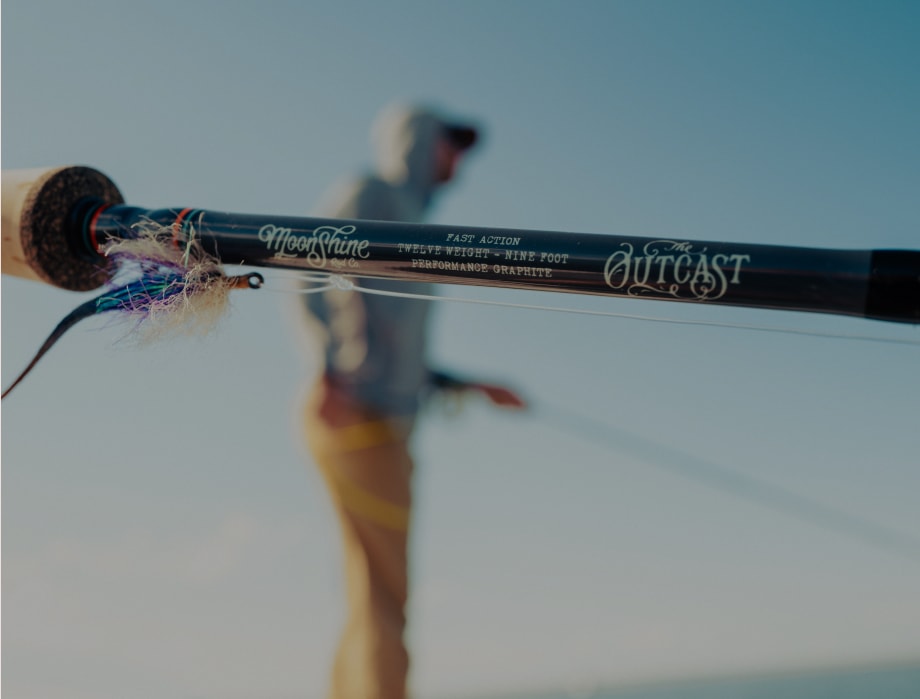
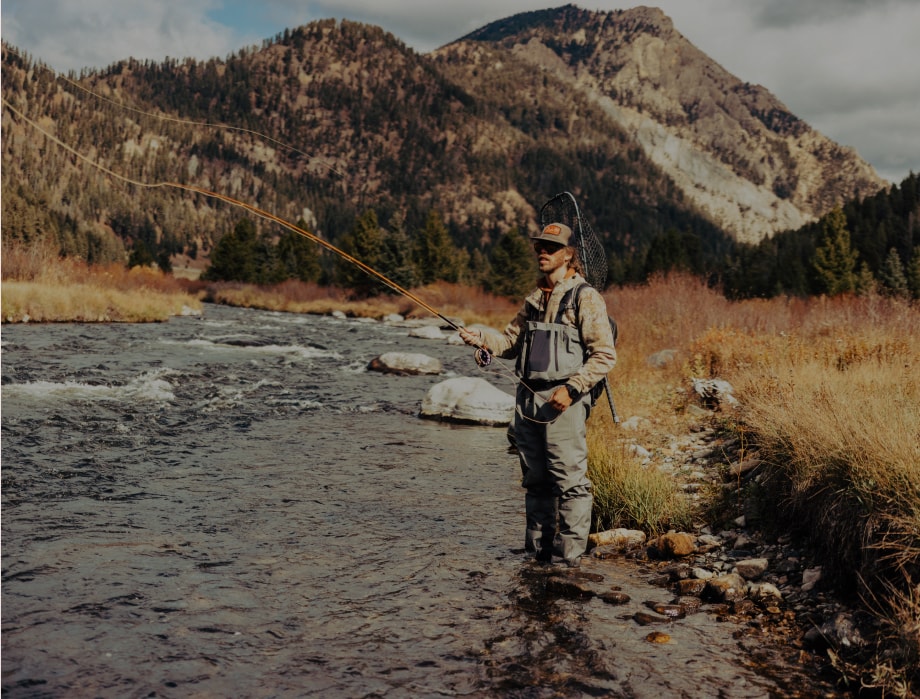
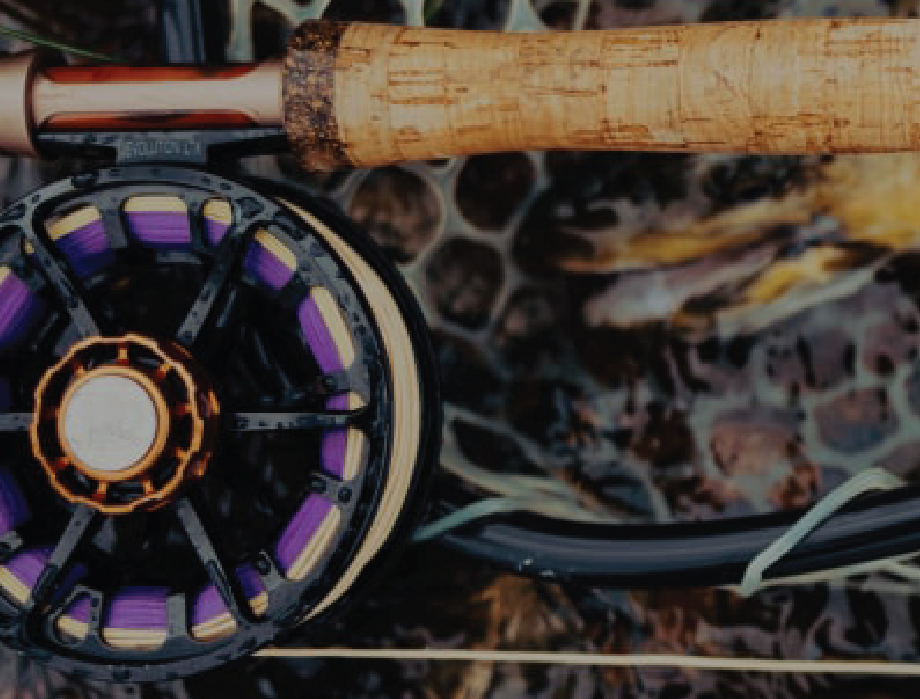


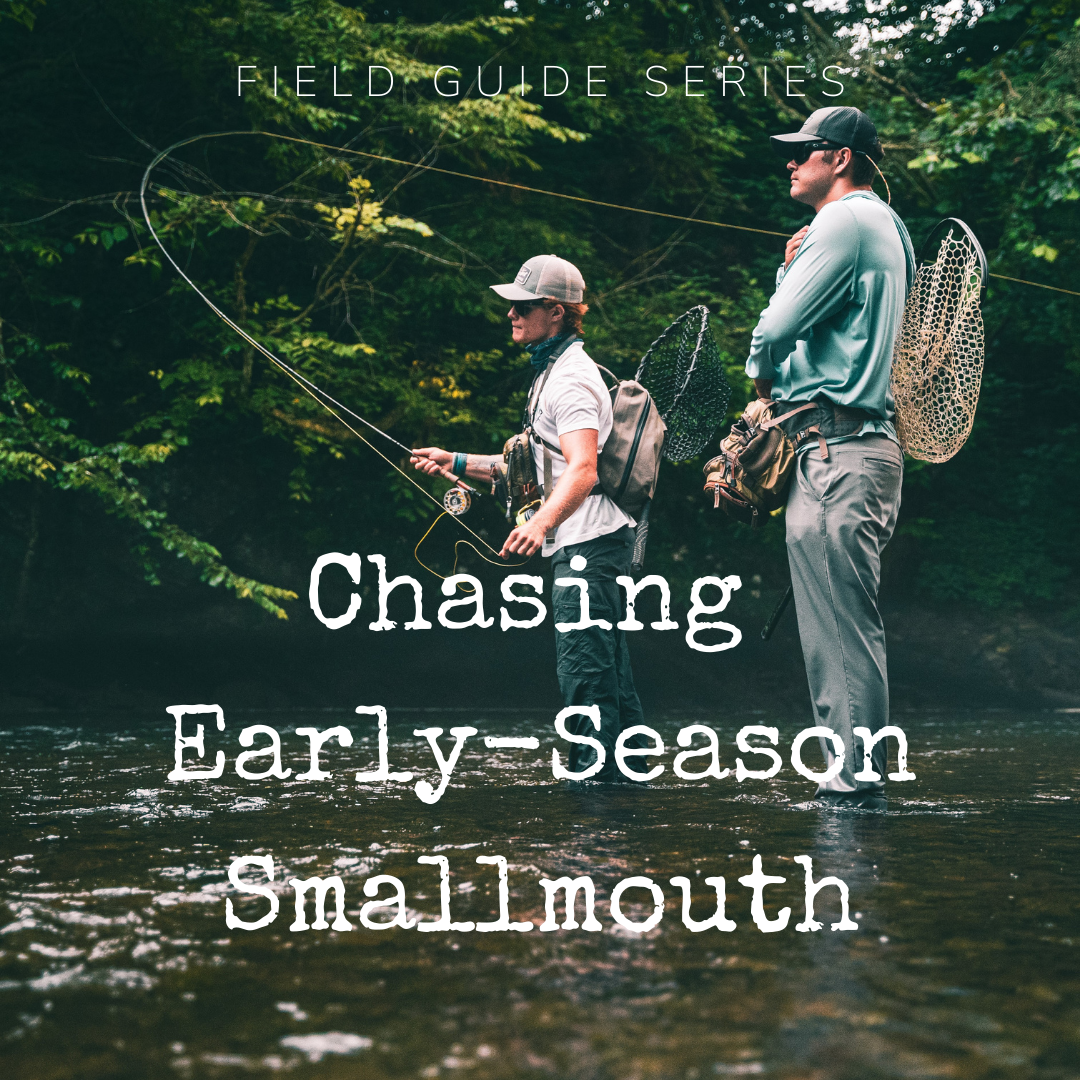
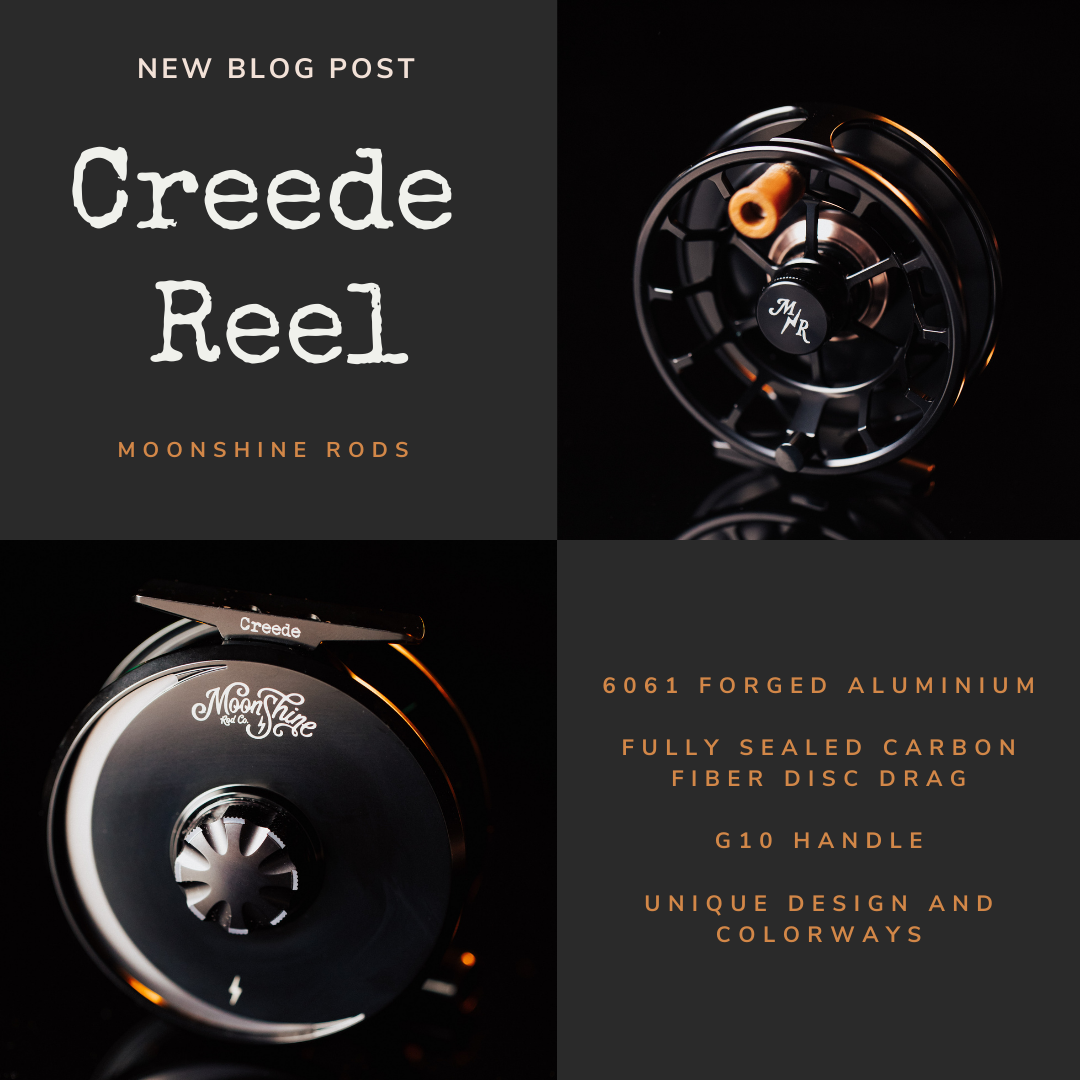

Leave a comment
All comments are moderated before being published.
This site is protected by hCaptcha and the hCaptcha Privacy Policy and Terms of Service apply.